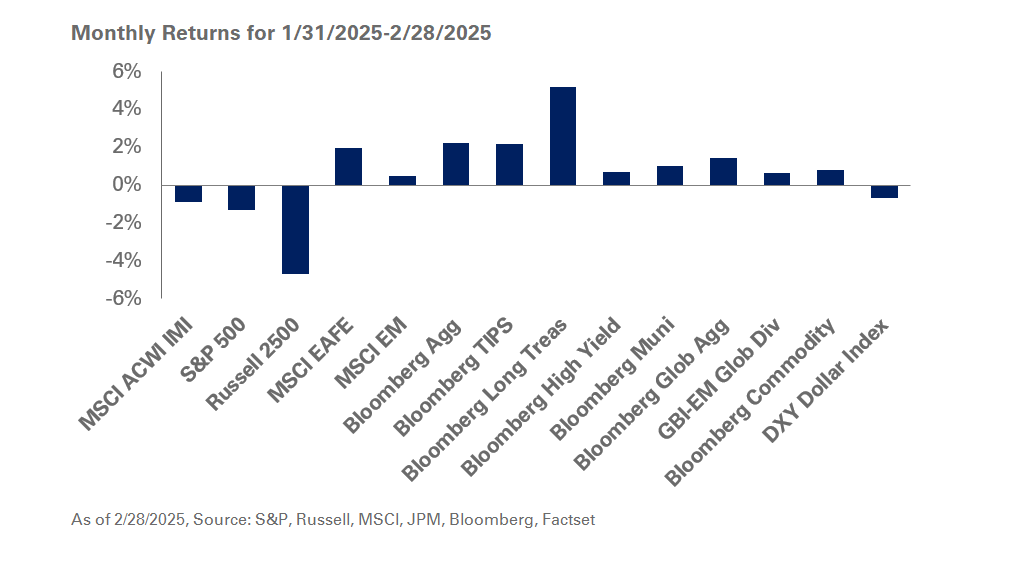In this second installment of a series on private markets, we highlight the challenges facing this asset class and outline approaches to navigate these tricky times.
For investors in private markets, the broad selloff in publicly traded securities is underscoring the importance of measuring liquidity and pacing commitments.
Given the current market dynamics, investors are tasked with the challenge of not only ensuring their portfolios have adequate liquidity to meet capital calls and spending requirements, but also maintaining a sustainable and reasonable pace of capital commitments such that they can benefit from the illiquidity premiums on offer without compromising their liquidity needs. After all, some of the best vintage year returns have been generated in environments like today.
At NEPC, we recommend updating commitment pacing plans for 2023 in the fourth quarter of 2022. To that end, we are implementing a framework to help clients manage their private market programs through the current volatility. Pacing plans have been an important part of our portfolio management process for years, and are designed to guide disciplined, measured commitments and manage illiquidity risk. We ensure that the overall investment pool has the appropriate asset allocation to highly liquid funding sources such as Treasuries, lines of credit or cash overlay managers.
We suggest maintaining regular and consistent pacing and advise against trying to time the private markets. We encourage re-upping with strong general partners; if capital is constrained, we propose a smaller check but still investing as access might be lost permanently if a fund is skipped.
We believe liquidity metrics should be measured and examined regularly to ensure commitment pacing is reasonable and sustainable. While the denominator effect is real and can lead to temporarily outsized allocations to private markets, we do not recommend rebalancing or pulling back on future commitments because it typically corrects with time. Clients with smaller, young and growing private markets portfolios may be able to increase the target range, while large, seasoned and mature programs might see a significant overweight to private markets allocations.
It is also critical to consider uncalled committed capital, which does not move with the market. It becomes an increasingly large liability for limited partners to cover when called. For this, we recommend a liquidity dashboard.
THREE SIMPLE AND POWERFUL METRICS ARE:
- Ratio of uncalled committed capital to the net asset value of the total investment pool.
- Ratio of uncalled capital to monthly liquidity. Think of this as the flexibility in the portfolio to meet capital calls. Appropriate guardrails vary depending on the size and maturity of the private markets program.
- Ratio of uncalled capital and spending as a percentage of monthly liquidity. This metric considers all capital outflows the pool must support.
We encourage meeting with your NEPC consultant to assess these metrics and update commitment pacing plans for your private markets portfolio. Do discuss the following with your NEPC team:
- Capital calls and distributions: The cadence will differ from the last 10+ years. Generally, in markets such as this, capital calls wane and distributions decline even more. This is already incorporated into the liquidity analysis in NEPC’s pacing plans that account for different economic scenarios while evaluating calls and distributions.
- Private markets NAVs: Anticipated markdowns have not yet flowed through to valuations and are yet to be fully reflected in pacing plans. Marking down NAVs using the guidance below by strategy type may better reflect future reality and will lead to a smoother commitment pace:
- Private debt: down 75 basis points-to-150 basis points
- Real estate: down 10%-to-15%
- Private equity: down 8%-to-10% or more if heavy on public equity holdings
At the cost of repeating ourselves, we will emphasize that some of the most promising returns have been generated during times like this. As a result, it’s important not to cut back commitments too aggressively in 2023-2024.
- Compare the base case liquidity profile (capital calls, distributions and NAV projections) to the recession scenario of NEPC’s pacing plan: If divergences are acceptable, given current asset allocation and funding sources, continue to commit as previously planned. If not, review of the assumptions in the pacing study before changing future commitment sizing.
Please reach out to your NEPC consultant to discuss your private markets program. We are here for any questions you may have.



